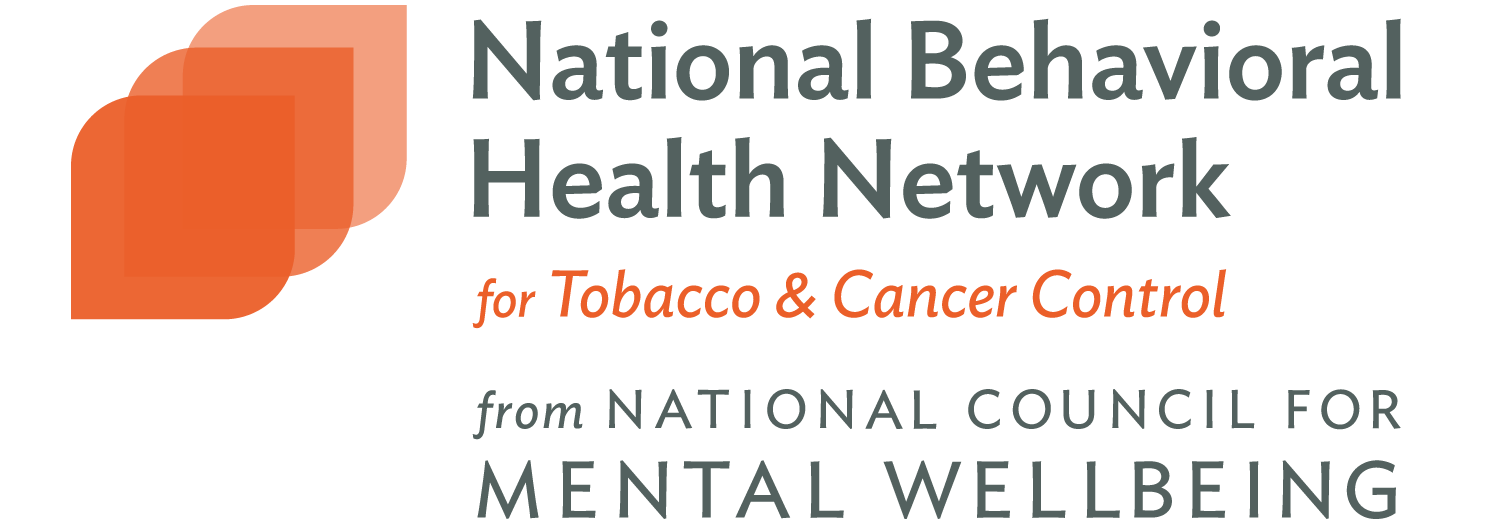Psychology of Addictive Behaviors (April 2019)
Types of Cannabis and Tobacco/ Nicotine Co-Use and Associated Outcomes in Young Adulthood
Joan S. Tucker, Eric R. Pedersen, Rachana Seelam, Michael S. Dunbar, Regina A. Shih, and Elizabeth J. D’Amico
Highlights
- Participants were categorized into one of five mutually exclusive groups: (a) single-product use (cannabis only; tobacco/nicotine only); (b) concurrent use only (using both products at some point, but only on separate occasions); (c) sequential use only (using both products on the same occasion, one right after the other, but not mixing them); (d) co-administration only (using both products by mixing them in the same delivery device ); and (e) both sequential use and co-administration. The co-use groups were then compared on their frequency and heaviness of use, cannabis use disorder, cigarette and e-cigarette dependence, as well as indicators of psycho-social functioning.
- Young adults who co-used cannabis and tobacco/nicotine on the same occasion, or mixed the products in the same device, tended to report higher frequency and quantity of marijuana or tobacco/nicotine use compared to those who used only one product. The same increases were not observed among young adults who used cannabis and tobacco/nicotine on separate occasions only.
- For anxiety, those in the sequential+ co-administration group reported greater anxiety symptoms than the concurrent-only group.
- For depression, those in the sequential + co-administration group reported greater depression symptoms than the cannabis-only and concurrent only groups, and the sequential-only group reported greater depression symptoms than the concurrent-only group.
Abstract
Cannabis and tobacco/nicotine use are highly comorbid. Given expanding access to cannabis through legalization for recreational use, it is important to understand how patterns of cannabis and tobacco/nicotine co-use are associated with young adult outcomes. A predominantly California-based sample of 2,429 young adults (mean age = 20.7) completed an online survey. Based on past-year reports of cannabis and tobacco/nicotine use, we defined 5 mutually exclusive groups: (a) single-product use; (b) concurrent use only (using both products, but only on separate occasions); (c) sequential use only (using both products on the same occasion, one right after the other, but not mixing them together); (d) coadministration only (using both products on the same occasion by mixing them in the same delivery device); and (e) both sequential use and coadministration. We examined group differences in use patterns, dependence, consequences of use, and psychosocial functioning. Fifty percent of respondents reported cannabis use, 43% tobacco/nicotine use, and 37% co-use of both substances. The most prevalent method of co-use involved smoking combustible products. Overall, individuals who co-used both substances on the same occasion in some way reported heavier use and greater problematic behaviors than those who did not. Sequential use (especially among those that also engaged in coadministration) was typically associated with worse physical and mental functioning overall compared to using each substance separately. Findings illuminate both prevalence and risks associated with co-use of cannabis and tobacco/nicotine products and can inform policies for states considering regulation of cannabis and tobacco/nicotine products. (PsycINFO Database Record (c) 2019 APA, all rights reserved).

